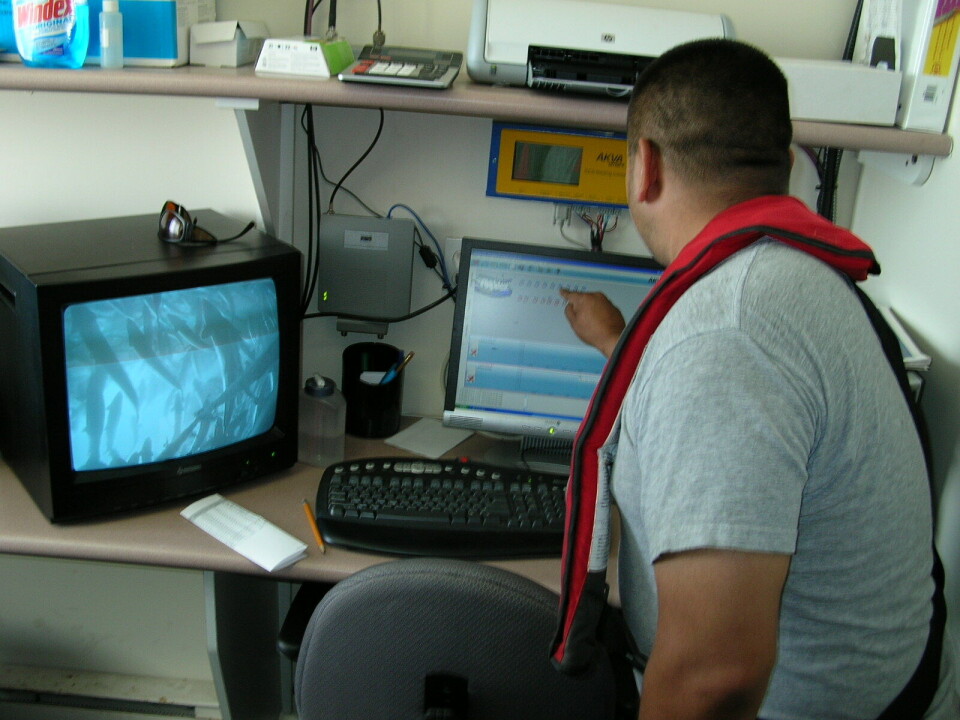
New technology investigated for biomass monitoring
There have been many attempts made to develop a method or apparatus to accurately estimate the amount of fish that a farmer has in a specific cage at any time. While it will always be difficult to replace the estimates provided by a good fish farmer, a device that can accurately determine how many kilos of fish there are in a net pen will be a valuable asset to most fish farming companies. An approach to developing such technology was recently described by the Andalusian Aquaculture Technology Centre in Spain;
The precise estimation of the biomass stocked in offshore farms is an essential aspect to manage efficiently aquaculture facilities. An accurate knowledge of the stocked biomass will allow efficient feeding practice, protection and harvesting of farmed fish. Also it is difficult to have a stock assessment without accurate estimates of kilos of fish in the farm. So far, there are no commercially available technologies that can offer the necessary precision to prevent economic damage from incorrect measurements. APROMAR (Business Association of Marine Aquaculture Producers), the Andalusian Aquaculture Technology Centre (CTAQUA) and the Research Institute for Integrated Management of Coastal Areas (UPV) have began to work on the project “Designing technologies to calculate total fish biomass levels in offshore aquaculture facilities”.
Project work has been divided into two phases. The first phase focused on investigating existing technologies best suited to the objectives of the project. After a period of state of the art analysis, the team concluded that aquaculture can make significant progress by using hydroacoustic monitoring systems, since this technique allows sufficiently precise measurements of the fish biomass. In the second phase, which is currently running, there has been a technical consultant for the installation of a hydroacoustic equipment, data processing, analysis and reporting, in order to ascertain the suitability of this technology for application in marine aquaculture facilities for sea bream and sea bass.
It has been verified that the use of hydroacoustic tools allow the estimation of the total fish biomass. The tests performed in the framework of this project confirm this technology as a possible standard management tool for the aquaculture industry. However, although it has been found that the methods used to estimate fish size and total biomass are adequate, there is a need to develop more trials for the total adaptation of the models. Therefore, the management of the project foresees the development of new tests to optimize the methodology and other measurement parameters.
In the development of this phase, the project has counted with the specialized company BioSonics, which has adequate experience in this type of biomass estimation and in development of management technology for salmon aquaculture systems based on their echo sounders (COTS). Another noteworthy advantage of the hydroacoustic system is its quick and easy installation. The system also allows communicating wirelessly with other environmental control devices and can even generate early warnings in case of significant biomass decrease due to escapees or illness.






















































